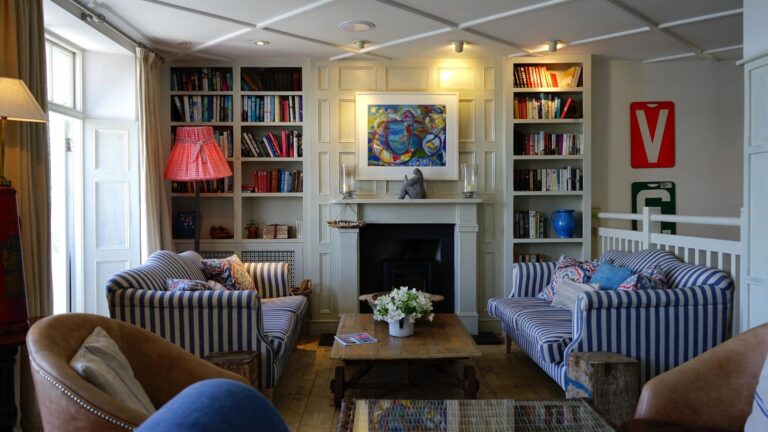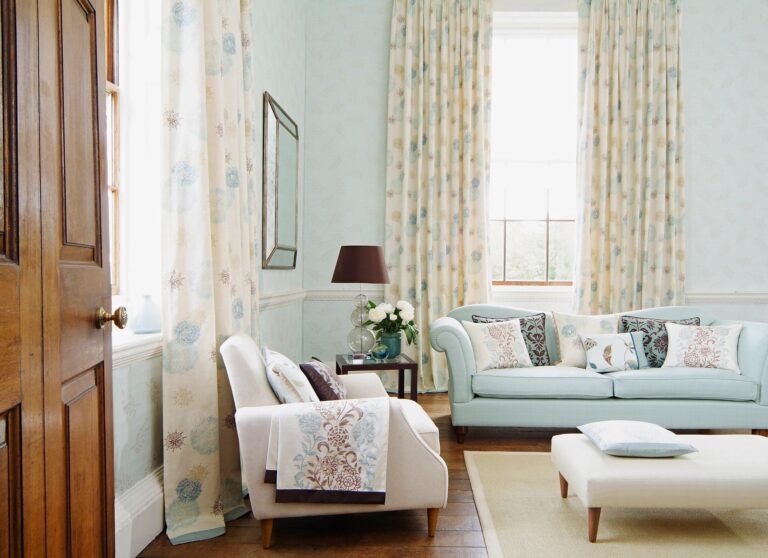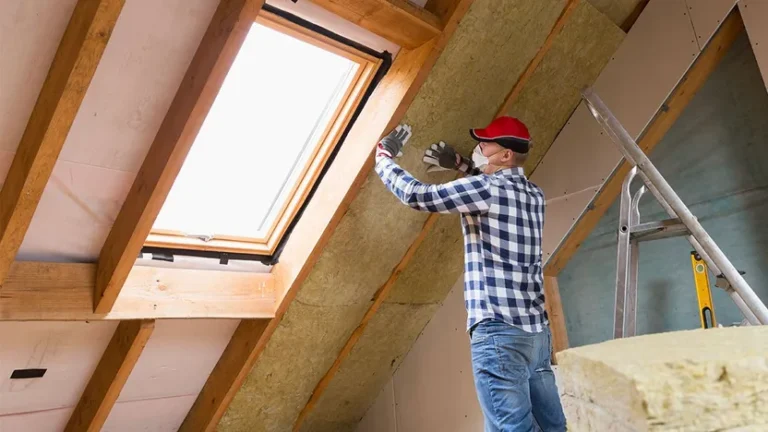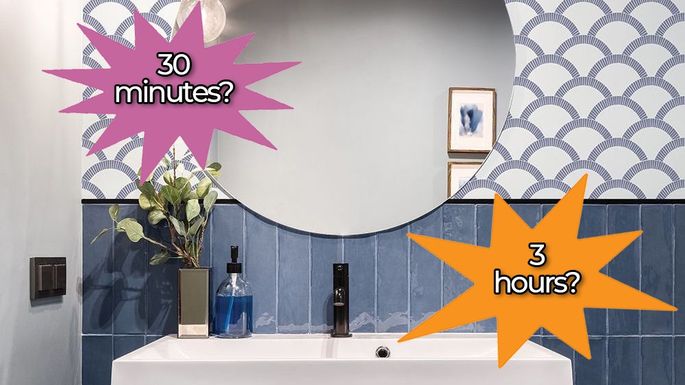
Odds are you’ve decorated your home’s walls with everything from artwork to wallpaper, but there may be one surface you’re forgetting entirely: the ceiling.
The ceiling—or “the fifth wall,” as designers refer to it—is finally getting some attention. Lots of it, in fact. While wallpaper has long graced many surfaces in a room, the latest craze is to get it up overhead.
Why? Because ceiling wallpaper is like icing on a cake—a surprising dash of personality in an unlikely place. Plus, since it inspires people to look up, it can help make a space seem larger, too.
But putting wallpaper on the ceiling isn’t as straightforward as it may appear. Homeowners would be smart to weigh color considerations, pattern shapes, and sizes, as well as which paper designs are right for a particular room.
For some help getting it right, we’ve polled design pros on how to decorate this fifth wall with wallpaper that will impress guests and give your home some extra pizzazz.
Check the ceiling surface
Before you pull the trigger and add paper to your cart, be sure your ceiling’s surface is clean and blemish-free. Wood or Sheetrock that’s cracked or flaked or a surface that’s nubbly in texture (like a popcorn ceiling) won’t take easily to wallpaper. Instead, a smooth ceiling, whether painted or not, is best.
Coordinate your colors
Orange-print wallpaper may look fabulous on a laptop screen, but when paired with brown paneling in your dining room, the look may skew muddy or even Halloween-ish. Try to select paper that picks up on a color in the room or coordinates in a subtle way.
“Your ceiling paper should complement the wall color, but it doesn’t need to be the same shade. In fact, a contrast in texture or hue adds interest,” says Rebecca Johnston of the eponymous design firm.
Highlight the room’s details
Have dormers or a tray ceiling? Pick paper for spots that’ll showcase these unusual types of molding rather than fade into the background. A color that pops along ceiling beams or a pattern that zigs and zags can also be playful and charming in an otherwise staid space like the living or dining room.
Rein in a chaotic look
It’s a bold move to wallpaper the walls and ceiling with the same or even different papers, but if maximalism is your goal, then definitely have at it. Still, most homeowners may want to balance their paper choice with painted walls and quieter, more dialed-back patterns in the room.
For example, the plain white bedding and furniture in the room above doesn’t compete with the bright teal print that’s splashed on all the walls. But if the coverlet and shams were neon yellow and the pillows were pink and green, the ambiance would be far from relaxing.
“If you want paper on both the ceiling and walls, go large-scale with the motif overhead as it’ll feel easier on the eye,” says Eleanor Trepte, a designer at Dekay and Tate.
Balance your pattern size
The size of your room and that of your pattern should be examined closely. A larger print on the ceiling can help open up a room, says Trepte.
And if you’re dealing with a recessed ceiling, it can tolerate a much smaller print, adds Johnston.
For very big spaces, lean on big patterns.
“A large room’s ceiling may do better with an oversized print to bring scale to your space,” says Johnston.
Match pattern and room purpose
Sweet ducks or simple silhouetted birch trees are ideal for a baby nursery. And hilarious cartoons on a powder room’s ceiling will have your guests lingering in the loo just to read each one. In short, it’s wise to match your room with an appropriate paper.
“The best practice is to consider how the room is used and how often when choosing any wallpaper patterns,” says Johnston.
Ask yourself if you’re looking to infuse a space with whimsy—or maybe ground the room with something classy—and then head to those types of wallpaper samples and books.
Note the pattern’s direction
Have a linear pattern that you just adore? It can work, but make sure those lines point in the right direction to enhance your overall space.
“A [linear] versus an all-over-patterned paper can help create flow and direction in a room,” says Trepte. “But I’d generally recommend this for larger ceilings.”
Article originally appeared on Realtor.com.







